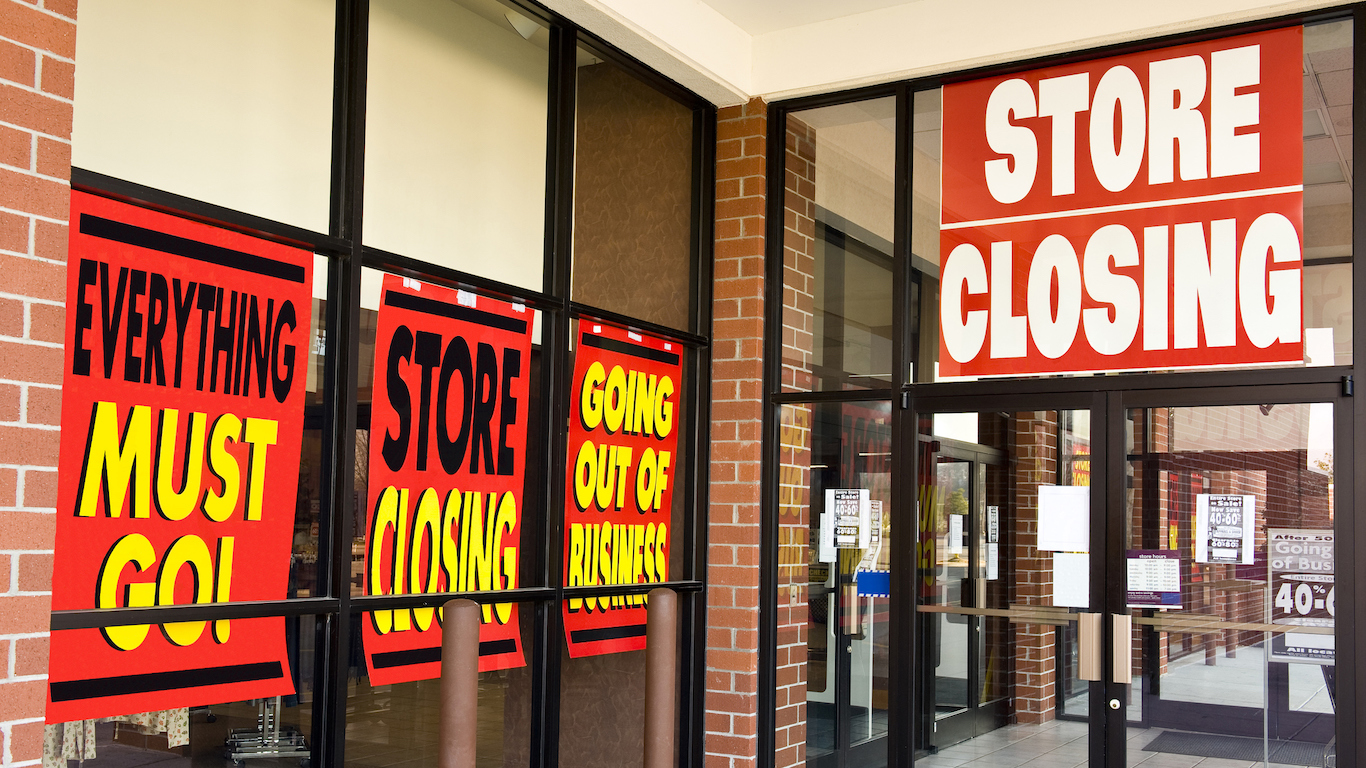Sears Survives: Here Are Its 8 Largest Competitors
January 16, 2019 by Paul AusickAn eleventh-hour bid of around $5.2 billion from Eddie Lampert, the company’s former CEO, rescued Sears Holdings from a liquidation sale in the venerable retailer’s bankruptcy case. The bid must still be approved by the bankruptcy court, and not all the company’s creditors are satisfied with anything other than liquidation.
Since the end of 2017, Sears has reduced its store count from about 900 to around 400 and lost its Nasdaq listing in the bargain. That number is expected to drop further soon.
Shortly after Lampert merged Kmart, which he already owned, with Sears in 2005, the holding company posted sales for the year of around $49 billion. By 2017 that total had fallen by nearly two-thirds.
The store already has shed some of its most famous brands. Lands’ End and Craftsman are gone, while Kenmore and DieHard may be the next to go. Late last year, Sears signed an agreement with Amazon that allows the e-commerce giant to offer Kenmore appliances. One of Sears’s top competitors, Best Buy, also sells Kenmore appliances.
A multitude of reasons is offered for the decline of the 126-year old merchant, but the most often cited is how the company failed to meet the scale of its brick-and-mortar competitors. While big-box stores and traditional retailers were adding locations, Sears kept closing poorly performing stores. The closures ultimately led to lower revenue, which led to more closings, and so on and so on.
In a statement issued Monday, Lampert said, “While the opportunity I saw from the start for Sears to benefit from the disruptive changes in retail and technology has not worked out so far, it is still there to be taken.”
That may be, but the hurdles are a lot higher, and there are more of them than in 2005. Add to that Sears falling down at the starting line. And in our view, there’s no reason to blame Amazon for Sears’s failure: at the beginning of 2006, Sears’s market cap was around $25 billion to Amazon’s $16.12 billion. Lampert, who owned the company through that whole period, is now buying it for around $5 billion.
If Sears is going to pull through, as Lampert seems to think it still can, then it will have to steal market share not only from Amazon but no fewer than eight other retailers. Here are those competitors, along with the number of stores and total sales at the end of 2017, according to data from Kantar Worldpanel, published by the National Retail Federation.
| Store | Number of stores | Total retail sales |
|---|---|---|
| Walmart | 5,328 | $374.8 billion |
| Target | 1,822 | $71.88 billion |
| Best Buy | 1,293 | $38.59 billion |
| TJX | 2,983 | $27.4 billion |
| Macy’s | 839 | $24.76 billion |
| Kohl’s | 1,174 | $18.9 billion |
| J.C. Penney | 866 | $12.44 billion |
| Dillard’s | 292 | $6.12 billion |
Sponsored: Attention Savvy Investors: Speak to 3 Financial Experts – FREE
Ever wanted an extra set of eyes on an investment you’re considering? Now you can speak with up to 3 financial experts in your area for FREE. By simply
clicking here you can begin to match with financial professionals who can help guide you through the financial decisions you’re making. And the best part? The first conversation with them is free.
Click here to match with up to 3 financial pros who would be excited to help you make financial decisions.
 24/7 Wall St.
24/7 Wall St.